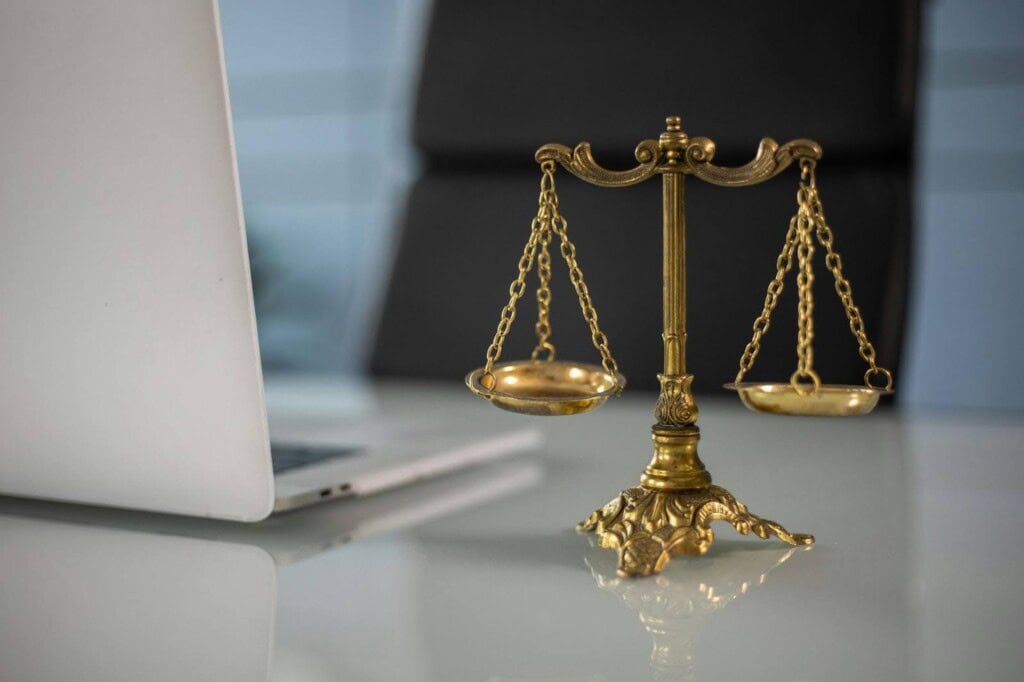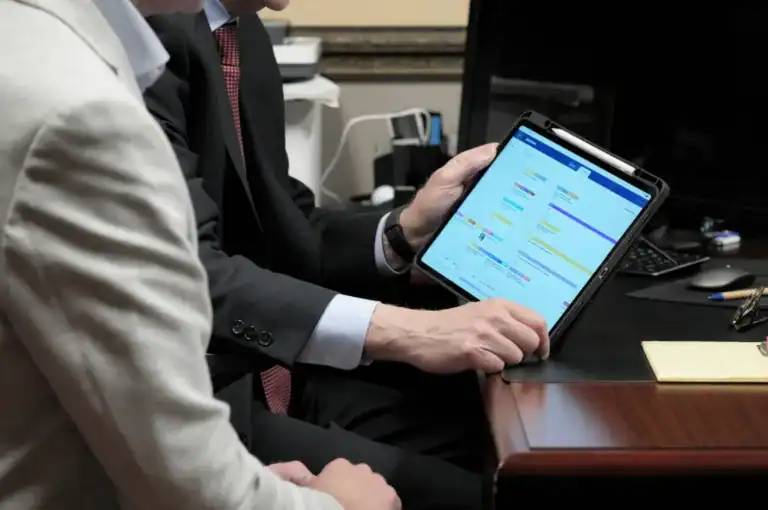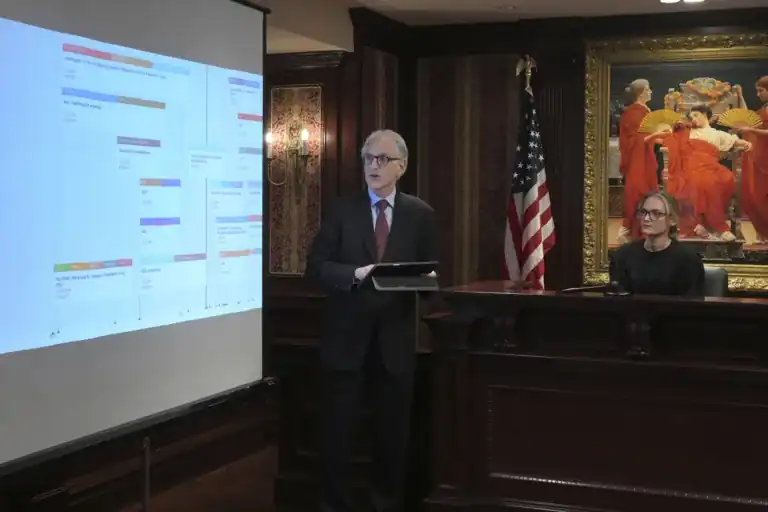
Strictly by the book, digital evidence is information valuable to a civil or criminal case that’s stored or transmitted electronically. This definition technically includes all non-witness evidence, such as deposition transcripts stored on a computer and transmitted via email. Usually, however, the term “digital evidence” refers to non-written evidence, such as video and audio evidence.

A notorious criminal case includes an excellent example of digital evidence use. In the 1970s and 1980s, a Wichita, Kansas serial killer repeatedly blindfolded, tortured, and killed his victims. In 2005, the BTK killer entered the digital age. He sent a floppy disk containing a threatening letter to law enforcement. That disk included a partial, latent fingerprint which authorities used to locate, arrest, and convict Dennis Rader.
Twenty years ago, digital evidence changed a criminal investigation. However, until recently, using digital evidence in court was a different story. Lawyers presented digital evidence in bits and pieces, much like a highlight reel that lacked context. Legal timeline software which incorporates digital evidence into the narrative makes this kind of evidence as effective in court as it is in the pretrial process.
Definition of Digital Evidence
A better definition of digital evidence may be evidence that appeals to both logic and emotion. Once again by the book, jurors cannot consider emotional evidence during deliberations. But a juror, like any other person, is an emotional being. We clearly see this theme in the different types of digital evidence. More on that below.
Legal cases involving digital evidence
How do different types of digital evidence fit into the context of different legal cases? We’re glad you asked that question.
We mentioned criminal law matters and digital fingerprints above. Other digital evidence in criminal cases includes surveillance video footage, laptop browser history, and cell phone tracking information. Incidentally, even if you turn off your phone’s GPS locator, it’s still a tracking device. A cell phone automatically connects to the nearest cell tower.
Digital evidence plays an important role in many personal injury cases. An Electronic Data Recorder in a car crash case is a good example. Depending on the make and model, these onboard computers measure and store information like:
- Vehicle speed,
- Engine RPM,
- Brake application, and
- Steering angle.
In other words, an EDR is like a crash eyewitness who’s never incorrect or biased. Other digital evidence, when properly presented, has that same effect.
Sources of digital evidence
Cameras may be the most common source of digital evidence, along with audio recording devices and devices like a laptop, tablet, or smartphone. Sometimes, cameras happen to capture critical events in a personal injury, medical malpractice, or other claim. Other times, someone uses a hidden camera. “Granny cams” in nursing homes are a good example. These cameras could provide critical evidence in a nursing home abuse or neglect claim.
We should pause and say that hidden surveillance cameras are legal in most states, but not all of them. Always speak to a lawyer before you take this step. Similarly, unilaterally recording a phone or personal conversation is also legal in most states. Usually, a lawyer partners with a court reporter or other such professional to enhance the persuasive value of audio recordings.
Almost every American adult owns a smartphone, tablet, and/or computer. These devices have video and audio recording capability. They also store almost all information a user inputs. Sometimes, a forensic specialist must locate this information, but it’s almost always on the device somewhere.
Legal Timeline Evidence Presentation Software
Types of Digital Evidence
Many legal timeline softwares interface with one or two types of digital evidence. Case Crafter is compatible with all three. Admittedly, this part of the post is a little technical, so stay with us.
Physical vs. digital evidence
In most cases, jurors see and touch physical evidence, such as a gun in a criminal case. Jurors only see digital evidence, such as the aforementioned video and audio clips. Even a cut-rate digital timeline software works with these basic types of digital evidence in court.
Volatile vs. non-volatile digital data
Even non-techies are aware of the difference between volatile and non-volatile data. They just don’t know it. Temporary volatile data disappears when power is turned off. Non-volatile data remains accessible even after a power loss.
Case Crafter is non-volatile data. Case Crafter operates on a closed-loop LAN. It’s not internet based. Therefore, as soon as you transfer digital evidence to Case Crafter, it remains there unless you move it somewhere else.
Structured vs. unstructured data
This functionality separates the men from the boys. Almost any person or program can work with organized, formatted, and ready-to-use structured data stored in relational databases. The trouble is that lawyers often work with unstructured text, multimedia, or other complex data formats. Without a predefined structure, this digital evidence is much more challenging to process and analyze.
Case Crafter includes an AI-powered search engine that basically transforms unstructured into structured data. The dashboard enables lawyers to easily change this structure, even during a trial.

Using Digital Evidence in Court
Thomas Edison invented the phonograph, which recorded and broadcasted audio, in 1877. He invented the Kinetograph, an early movie camera, in 1895. Although digital evidence has been available forever, the law is still emerging in this area.
Admissibility standards
Overall, digital evidence must be relevant and authentic. Authenticity refers to the device itself, the method that device uses, chain of custody, and mechanical compliance.
Case Crafter data almost always passes the authenticity test, usually with flying colors. Relevance usually hinges on the way a lawyer uses digital evidence and presents it to jurors.
Legal challenges and precedents
Most digital evidence court cases involve criminal matters. These cases often affect the way digital evidence is used in civil court as well.
Third-party publishers have made legal news lately. A 2018 California Case (Hassell vs. Bird) held that Yelp wasn’t liable for a defamatory review of a law office. But this case predates FOSTA (Fight Online Sex Trafficking Act), which made Yelp, Craigslist, and other third-party publishers liable for some content.
We mentioned cell phone tracking digital evidence above. The Supreme Court has consistently held, most recently in 2018’s Carpenter vs. U.S., that individuals have a privacy interest in this data and investigators need search warrants to obtain it.
Final Thoughts on Digital Evidence
Any digital evidence analysis begins with admissibility. Lawyers must ensure that digital evidence is relevant and reliable. Demonstrative digital exhibits, such as a timeline, could be evidence in some cases.
Other issues regarding digital evidence in court are still evolving. We expect to see more court cases involving privacy and the use of digital evidence as the digital age continues to evolve. Stay tuned to this station for further updates.
So, a digital evidence solution must combine proven methods of collection and presentation with a flexible presentation method that adapts to legal rules. Lawyer-designed Case Crafter fits the bill in more ways than one.

